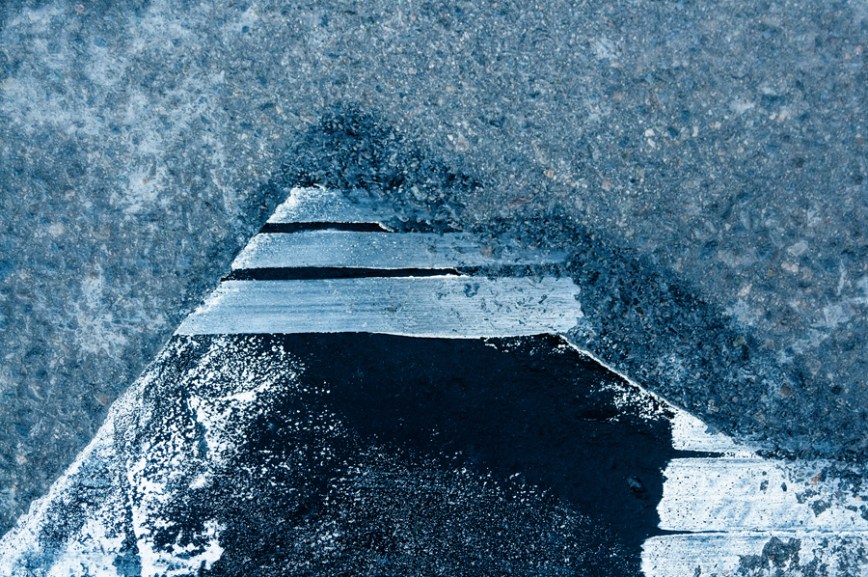 PRINTS AND MERCHANDISE AVAILABLE HERE
PRINTS AND MERCHANDISE AVAILABLE HERE
– – –
From my earliest days in the darkroom, before the digital revolution, I started veering toward abstract compositions. It seemed so incredibly counter-intuitive, contradictory even, to sculpt abstractions from camera images. In the beginning, the camera was designed to be the most accurate method for re-creating images from the world around us; before the camera, we relied on drawn and painted images to reflect the world. The painter’s hands could be biased, however, but the cold gaze of a lensed machine promised to never lie.
As an example, photo-mechanical images brought the true horror of war to the public, rather than the glorified tableaux as depicted in works like Emanuel Gottlieb Leutze’s “Washington Crossing The Delaware” or Eugène Delacroix’s “Liberty Leading The People.” Scholars in the field of visual culture studies credit broadcast television for helping galvanize the American public against the Vietnam War; with images of dying young men being beamed nightly into American households, it helped foment an unprecedented anti-war attitude.
The camera also liberated the painterly arts, which had been preoccupied with attempts to reflect the real world. Once the camera proved it could make the most accurate portraits, the most detailed architectural studies, we begin to see the painterly arts fragment into impressionism, expressionism, cubism, die brucke, de stijl, and a multitude of other styles. If we look at the timeline, we’ll see that this revolution in painting began at almost the exact same time that Henry Fox Talbot and Louis Daguerre patented their photographic technologies in the mid-1800’s.
The truth is, though, that the camera can lie just as effectively as anything else, and the photographer can be just as biased as the painter. The process is different, but the camera operator is perpetually editorializing, purely by choosing to photograph ‘this’ over here rather than ‘that’ over there. Framing, color, composition are all methods to generate atmosphere, convey emotion, manipulate the audience’s reaction to the images presented. With the modern advent of image editing software, it could be argued that the camera has the ability to both tell the objective truth and, at the same time, lie more effectively than virtually any other medium.
I think the reason I enjoy abstract photography is because it’s very difficult for it to become political. We respond to shapes, colors, and textures based on our own individual histories. Each viewer can have a potentially different reaction to an abstract composition, based solely on the emotional and intellectual experiences they carry with themselves into the room. I’m fascinated by the little details we miss on the way to the bus stop, making our morning coffee, walking down to the mail box. I like to think that, by making images like this one, I can help remind my audience that there are curious little things all around us, at all times, that we kind of choose to ignore. And if we could just slow down for a moment and look around, turn over the rocks and see what’s underneath, we might develop a greater attachment and appreciation for this tiny, insignificant little blue marble we have the unique and exquisite privilege to live on.
Creativity is one of the greatest gifts we possess, folks. Life is a blessing, and I hope each and every one of you has a wonderful day.
-joe